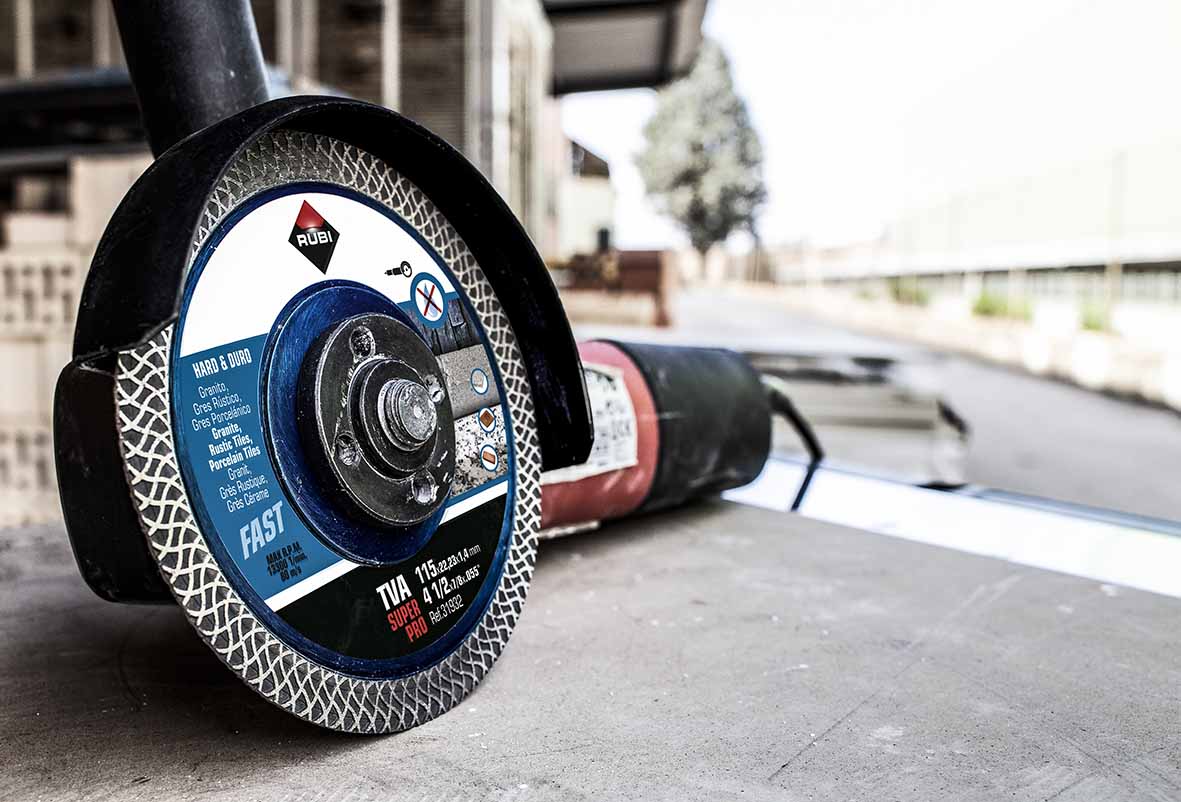
How to choose the right diamond cutting blade?
In this blog we focus on a general topic, the range of diamond cutting blades, especially from RUBI, their characteristics and their application for different
![]()
In today’s article, we will briefly introduce large-format tiles and 6 key tips for their professional installation.
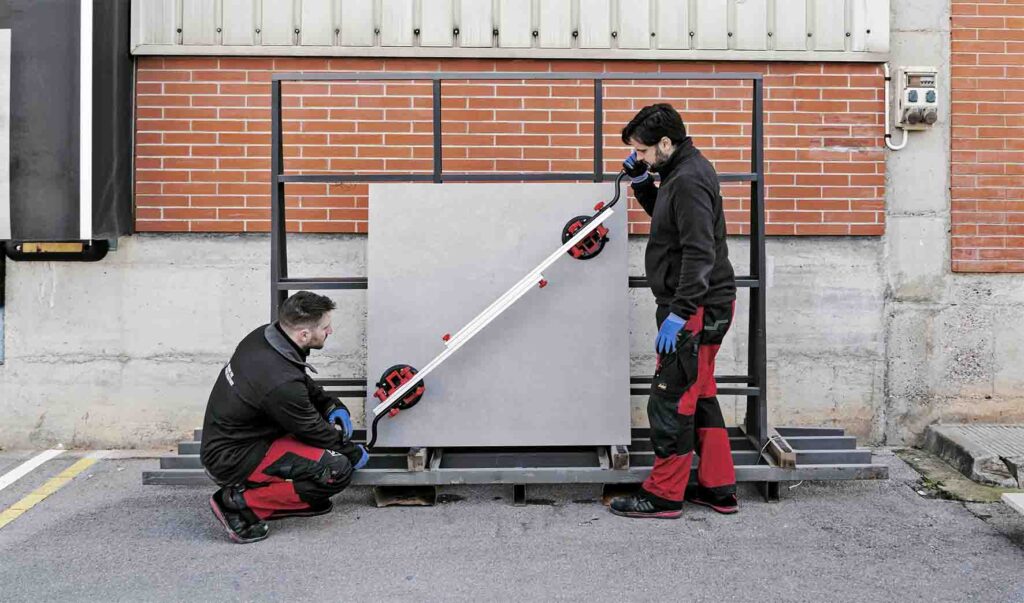
The use of large-format tiles is currently a significant trend in the construction industry. The acquired knowledge and experience in tiling of this format is a great advantage for you. Large-format tiles are a solution that combines both practicality and aesthetics, suitable for both interior and exterior use.
What are large-format tiles?
Large-format tiles are any tiles with one side measuring more than 40 cm. Tiles of this format are increasingly used not only in new buildings but also in renovations. Currently, the most common formats are 60×60, 60×120, 30×120, 120×120 and 75×150 cm.
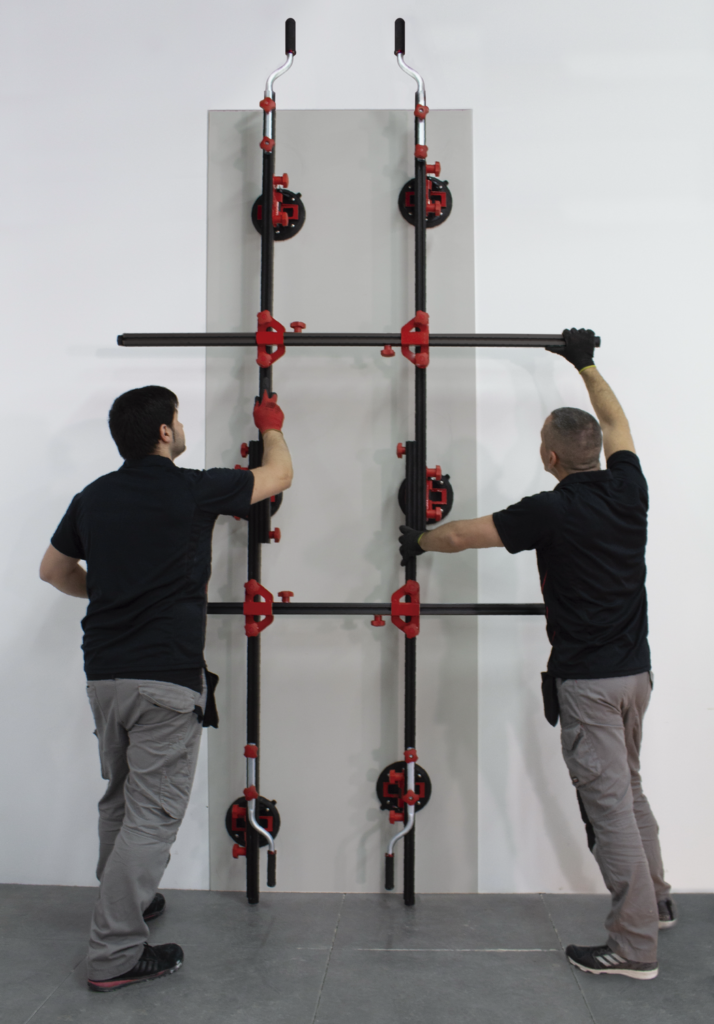
Advantages of large-format tiles
Large-format ceramic tiles provide a greater sense of spaciousness, create a sense of continuity in their pattern without joints and allow for many different ways of using them.
On the other hand, laying each piece of tile requires more time and effort, but at the same time each piece covers a larger area. This means that the number of tiles laid is smaller. Large-format tiles optimise the time and resources used, which is one of the important factors in any construction project.
Installation of large-format tiles
The installation of large-format ceramic tiles requires some adaptation to the laying technique and the tools used. For easier handling of larger and heavier tiles and a better result, follow these tips:
Tip 1: It is very important that the subfloor is stable and perfectly level. If the substrate does not meet the requirements, it is not suitable for large-format ceramic tiles. Make the necessary adjustments to the substrate before proceeding.
Tip 2: Double application of adhesive is essential for large-formats. This involves a thin layer of adhesive on the back of the tile and also on the substrate. We recommend using a notched trowel suitable for larger tile formats and also an electric vibrator to remove air bubbles from underneath a large area of tile.
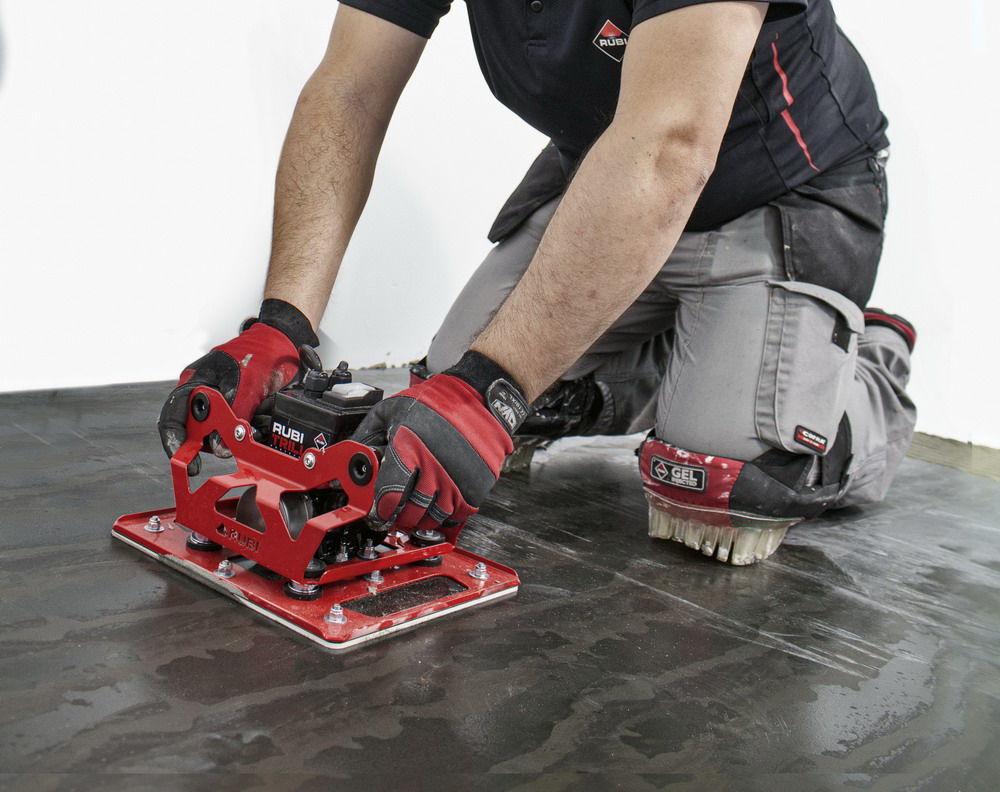
Tip 3: We strongly recommend using suction cups or handling systems designed for handling tiles. Not only to make the tiles more convenient and safer to carry and position accurately, but also to adjust their position afterwards and to check the adhesive’s covering capability. These tools will make your work much easier and more efficient, saving you not only effort but also costs.
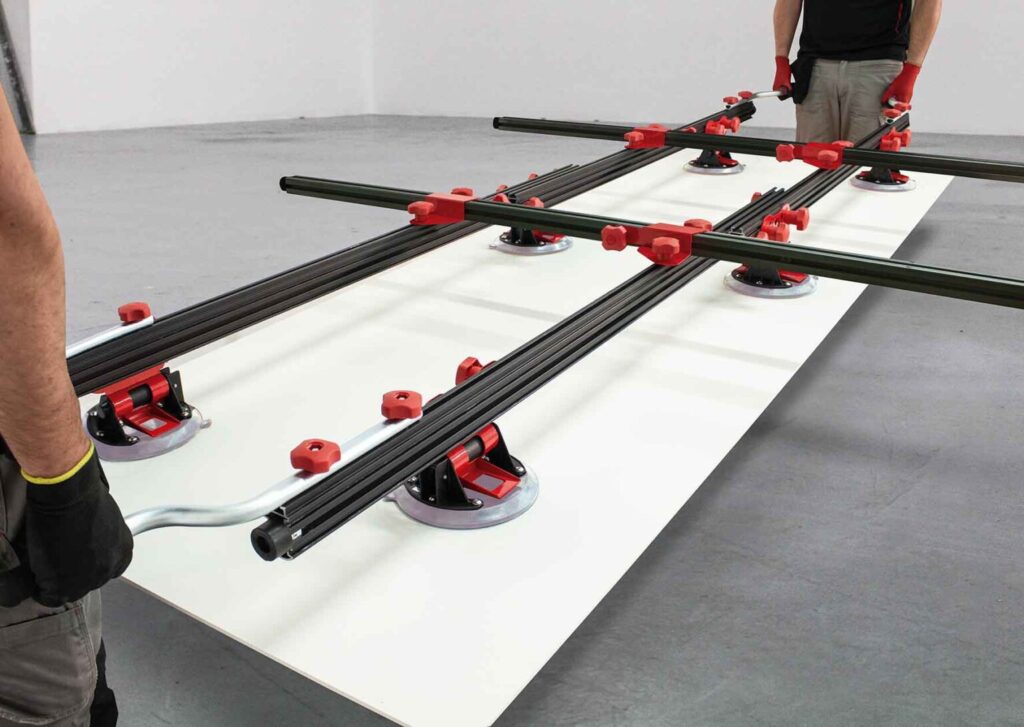
Tip 4: To ensure a perfectly flat surface and avoid any unevenness, we recommend using a levelling system to make the job easier and prevent the tiles from moving during the setting process.
Tip 5: With large-format ceramics, the joint between tiles is more important than ever. You should use spacers and tiling wedges, which increase the accuracy of the tile alignment and also make it easier to install when there are small dimensional variations in some tiles. The use of levelling systems does not preclude the use of spacer crosses, tiling wedges or other corner elements.
Tip 6: When it comes to cutting, large-format ceramic tiles can be cut with manual or electric cutters. However, make sure you have a cutter model suitable for large formats. The basic parameters cutters must meet include sufficient straight and diagonal cut length, a wide enough work table or side support legs for the tiles. If you do not have a sufficiently long manual cutter, you can quickly replace it with a special system for cutting large-format tiles (e.g. RUBI SLAB CUTTER G3, RUBI SLIM CUTTER PLUS, BATTIPAV LAMPO Cut 2, RUBI TC-125 circular saw with guides).
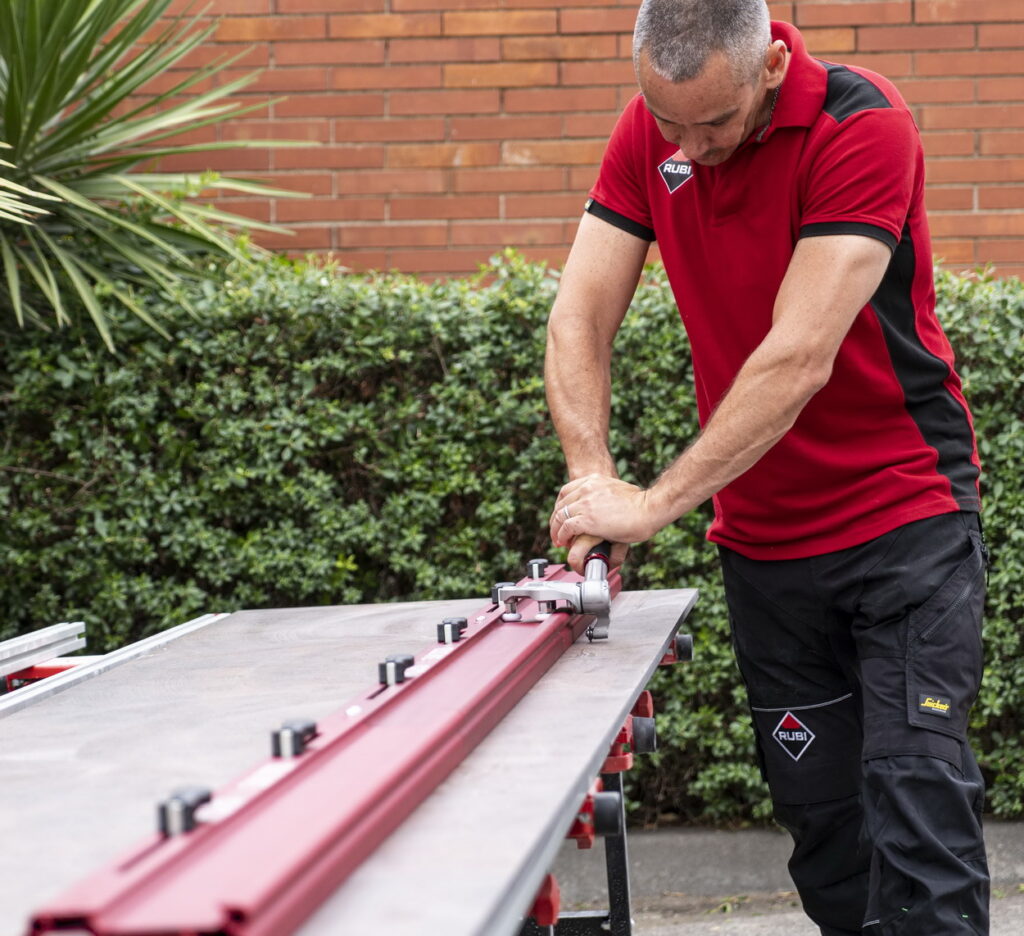
As mentioned above, the growing popularity of large-format ceramic tiles is mainly due to the fact that its distinct advantages outweigh the disadvantages associated with their transportation and handling. You should be prepared for them both technically and knowledgeably. In our shop tiler-market.com you can choose from a wide range of tools for these tiles. If you need help with your choice, we will be happy to help you.
The development of large-format ceramics is constantly progressing and the market share of very large tiles or “XXL” ceramics is increasing, but we will talk about that some other time.
![]()

In this blog we focus on a general topic, the range of diamond cutting blades, especially from RUBI, their characteristics and their application for different
![]()
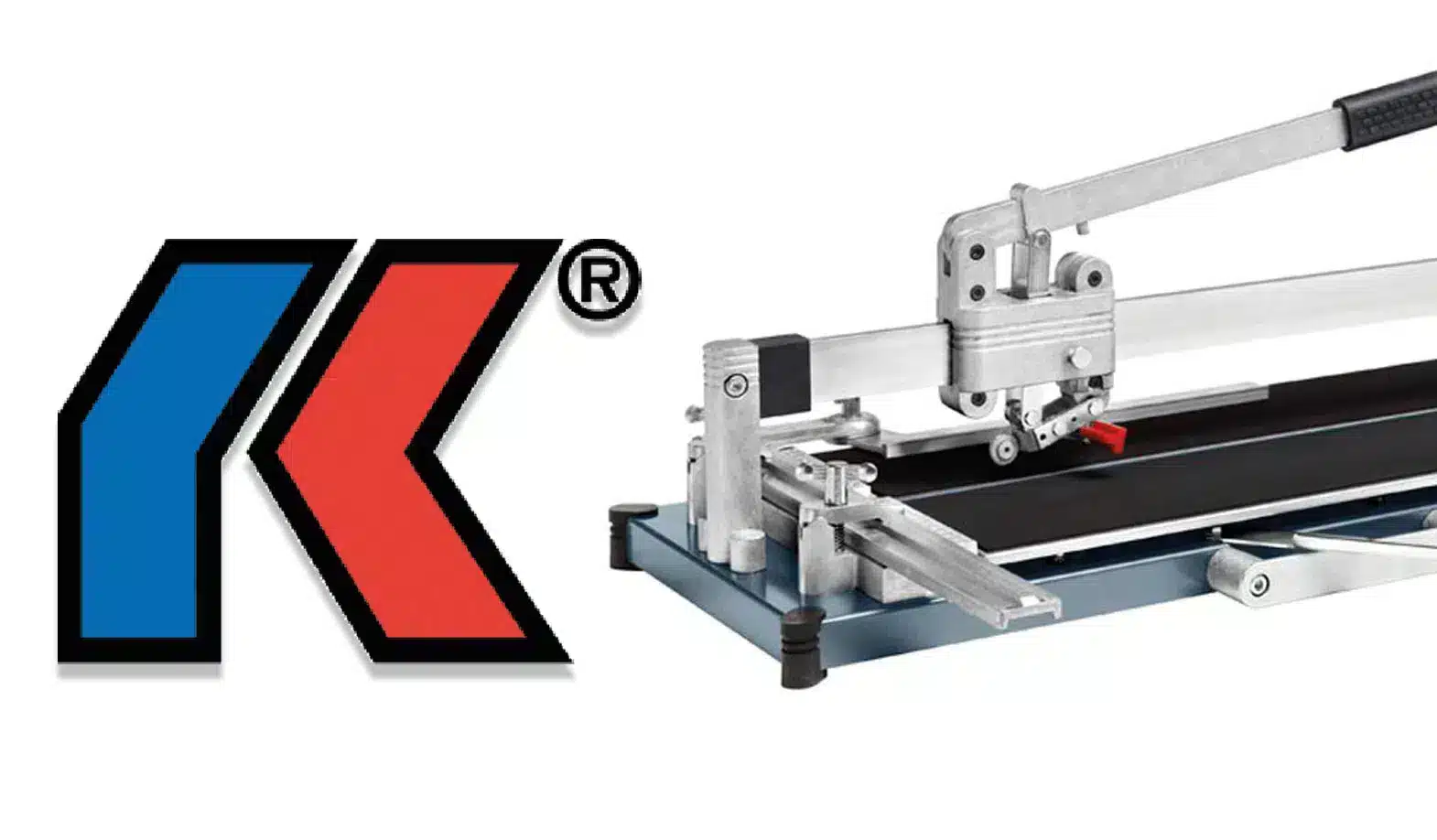
A2E, s.r.o. introduces you to the Kaufmann brand, manufacturer of quality construction tools and its range of hand tile cutters divided into STANDARD, ROCK and PRO ranges.
![]()
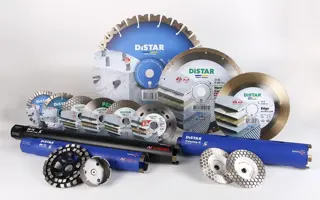
In 2024, we have expanded the range of goods in our Tiler-Market store to include a new manufacturer of tools for tile setters, DISTAR. This
![]()
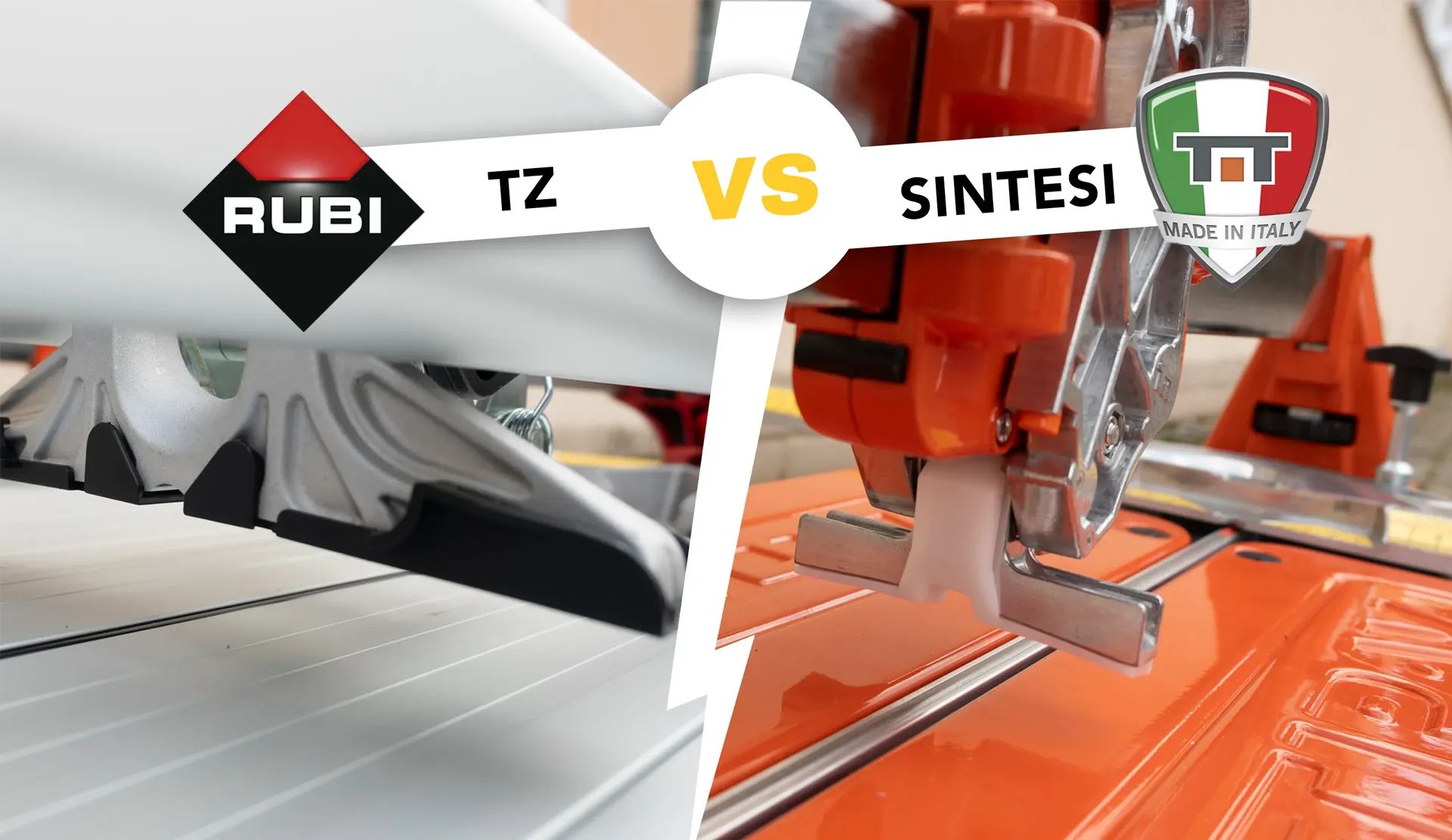
In this article we will introduce 2 models of professional manual tile cutters, which are among the top models in our shop. From Rubi it
![]()
Countries of delivery
Slovakia, Czech Republic, Hungary, Poland, Slovenia, Romania, Austria and Croatia